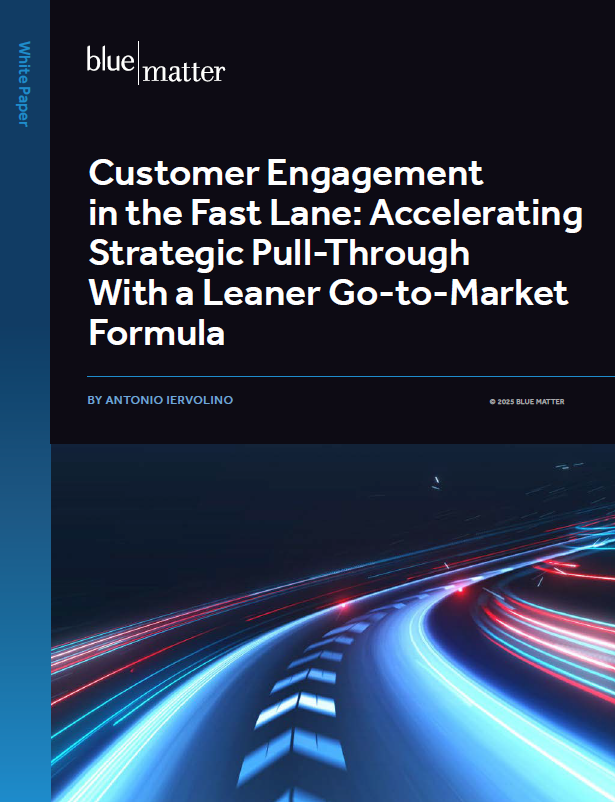
At some point, any growth-minded non-European biopharma company will look to Europe as a possible source of new opportunity. Europe is attractive and offers vast market potential.
But successfully entering Europe is a complex undertaking. The stakes are high and there are many pitfalls to avoid. In this series of articles, we’re outlining the 12 most common pitfalls that biopharma companies experience as they enter European markets:
- Not knowing what it takes to “go it alone” across Europe
- Not realizing Europe may have its own clinical endpoints in mind
- Missing the opportunity of conditional marketing authorization
- Believing EMA marketing authorization = patient access
- Thinking your list price won’t cross borders
- Missing the mark with local health technology assessment (HTA)
- Not making the right European connections
- Failing to realize that EAPs can boost…or bite
- Missing a promotable label
- Building like big pharma when you’re not
- Using individual preferences vs. analysis to select HQ location
- Caring too late about your infrastructure
Pitfall #5 – Thinking your list price won’t cross borders
Reference Pricing
Reference pricing is a tool widely used by policymakers across Europe to help keep pharmaceutical prices low. Using this approach, policymakers in Country A will work to determine the domestic list price of a therapy by referencing its list price in other countries. This helps ensure that the list price in Country A ends up being comparable to that in those countries.
Reference pricing—along with other policies designed to keep prices low—works pretty well. For example, the prices for branded prescription pharmaceuticals are 3.4 times higher in the US (on average) than they are in a basket of 32 other OECD-member nations, according to a study by the RAND Corporation. 24 of those nations are in western or eastern Europe.
European countries have different pricing referencing systems. Some, like the Netherlands, have a clear referencing methodology that directly determines the list price while in others, the referencing is only one of multiple factors impacting list price decisions. While the majority of European countries use some form of reference pricing, the UK is a notable exception where pricing and access decisions are made solely on the basis of cost-effectiveness. This heterogeneity in the reference pricing process across European markets adds to the complexity of the market access landscape and requires a thoughtful approach when planning to enter Europe.
List Price Isn’t the Only Price
It’s important to remember that a therapy’s list price in a country isn’t the actual price. To continue with our example above, once the policymakers in Country A determine the list price, they will engage in negotiations with the pharma company to secure further discounts.
The result of those negotiations will be a final, confidential price that the national payer in Country A will actually pay for the therapy. According to a survey of the European Integrated Price Information Database (EURIPID), all 22 countries surveyed reported the use of confidential agreements with pharmaceutical companies that set actual prices lower than the published list price.
Even though the list price isn’t the actual price, it is still important. It is the reference point that other countries will use to begin their price negotiations. So, once it’s set in one or more key reference countries, a pharma company has basically zero chance of ever negotiating prices above that level.
The Importance of Launch Sequence
Reference pricing makes it essential for a pharma company to determine the optimum sequence for launching a new therapy into European markets. If a company launches into lower-priced markets first, it could severely limit its price potential across Europe, thereby significantly reducing the commercial value of the therapy. In addition, the impact could go beyond Europe, as various non-European countries also reference European list prices, including Brazil, Canada, Japan, Russia, South Korea and Turkey.
For many pharma companies, Germany is the first launch market. This is because of free pricing in Germany which allows biopharma companies to set their own prices for one year while pricing negotiations are underway. Austria, Switzerland, and the Nordic countries are also higher-priced markets (relative to other European nations) and their negotiation processes are generally easier. Therefore, if those countries are part of a biopharma company’s overall strategic plan for Europe, then it likely pays to launch in them first.
France, Italy, the UK, and Spain should, in most cases, come later. Companies launching into those markets will usually experience one or more of the following:
- Tough price negotiations
- Lengthy negotiations and/or complex pricing processes
- The requirement to negotiate with local or regional authorities within a country (e.g., Spain)
The launch sequence may be determined not only by the price of a country, but also by how highly referenced it is by other countries. For example, while both Austria and Switzerland tend to be higher-priced countries, Austria is referenced by more than 15 European countries, whereas Switzerland is referenced by just two (and those tend to reference an entire basket of countries). The price in Austria has thus a bigger impact on the aggregated European pricing than the price in Switzerland.
As a side note, the reference pricing may also have implications for lifecycle management beyond launch. Prices can be regularly re-referenced post the initial pricing negotiations, and there may be situations in which it can be commercially advantageous to withdraw a product from a highly referenced market with a comparatively low price to prevent the “spread” of a low price.
The bottom line is this: Countries in Europe are not insular when it comes to pricing for pharmaceuticals. Your prices will, in fact, cross borders. Therefore, it makes sense to prioritize higher-priced markets and protect as much commercial value as possible.
Coming Next
In the next article, we’ll address pitfall #6: Missing the mark with local health technology assessment (HTA). This is an important topic for any company planning to launch a product into Europe. Failure in this area can easily lead to restricted or no reimbursement. Stay tuned…






